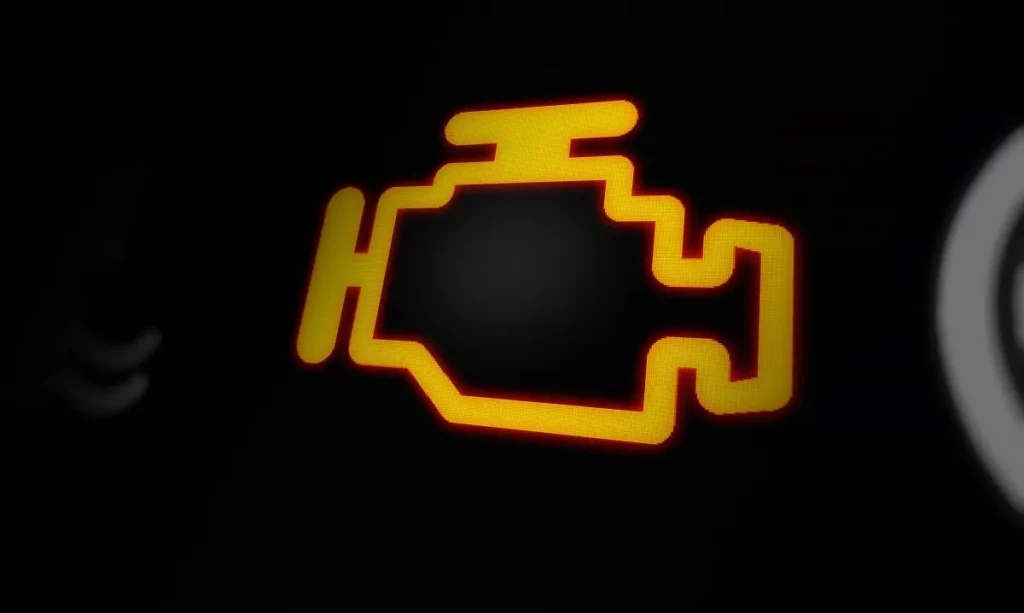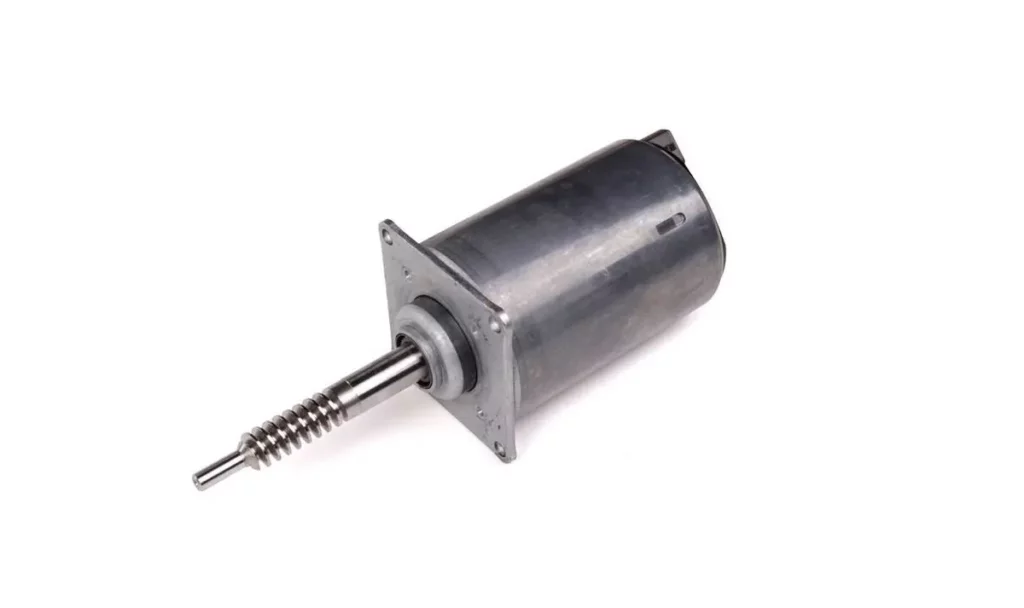In 2001, BMW introduced its version of variable valve lift technology that it dubbed ‘Valvetronic.’ Today, the system is a part of every BMW produced, working alongside the manufacturer’s variable valve timing, or ‘VANOS’ system. These systems improve performance and fuel efficiency while also lowering harmful emissions.
Like with any piece of tech, BMW’s Valvetronic is not free of faults. When the system fails, you might experience issues with how your car drives and run the risk of damaging the engine. However, in some cases, you might be able to spot a failing Valvetronic system even before it results in unignorable symptoms.
If you find that the check engine light (CEL) on your car is illuminated, accompanied by a P1055 code, it’s almost a given that there’s something wrong with the Valvetronic system. This article will give you everything you need to know about the P1055 code, including symptoms, causes, and possible fixes.

What Is The P1055 Code?
The P1055 code is a BMW-specific Diagnostic Trouble Code (DTC) related to the Valvetronic system found on most modern BMW engines. The Valvetronic system is BMW’s version of a Variable Valve Lift (VVL) system and enables infinite adjustments of the intake valve.
While the system comprises multiple components, one of the most crucial elements is the Valvetronic actuator motor — a small electronic part responsible for altering valve lift. When there is a fault with this motor, your car will likely throw a P1055 code.
What Are The Possible Causes Of A P1055 Code?
If the Valvetronic system, and the Valvetronic actuator motor, in particular, are faulty, you will likely find a P1055 code when you scan your car with a diagnostic tool. The actuator motor can be affected by changes in input voltage or current and temperature. Any sudden changes in these parameters can cause the motor to short circuit, illuminating the check engine light on your instrument cluster.
That said, there doesn’t have to be a complete failure of the Valvetronic motor for your car to have a P1055 code. You will also have to deal with one if:
- The Valvetronic motor harness is shorted or open.
- The Valvetronic motor is powered by a poor electrical connection.
- There is a fault in the supporting electrical systems.
What Are The Symptoms Of A P1055 Code?
The most obvious symptom of a P1055 code is an illuminated ‘Check Engine Light’ on your dashboard. When you see this code, you will have to plug a diagnostic tool or software into your Bimmer and scan for DTCs.
Your car will continue to run normally even if the Valvetronic motor is faulty, but we urge you to rectify the issue as soon as possible. A faulty Valvetronic actuator motor will force the electric throttle body in your vehicle to take over, effectively promoting your engine to run as it would with a regular valve lift system.
Still, you should get the issue rectified promptly to avoid causing further damage to any supporting components or the engine.
How To Fix P1055 Code?
Before you determine whether the Valvetronic actuator motor has to be replaced, it’s a good idea to check the surrounding connectors and accompanying wiring harnesses for any visual signs of wear. Look for broken, bent, pushed-out, or corroded connector pins and any other damaged components.

You can inspect these parts or have them looked at by a professional. If all of them are in proper working order, your only course of action is to replace the faulty Valvetronic motor with a new one. To replace the motor:
- Get a replacement Valvetronic motor
- ]Remove the engine cover and the cabin air filter cover. In most BMWs, these are usually held in place by 8 mm bolts.
- Then, disconnect the wiring harness cover under the engine cover. This cover is secured with clips that can be hard to reach. A trim removal tool may have to be used to disconnect the clips and remove the cover.
- Once these components are removed, you should have clear access to the engine and enough room to work. The Valvetronic motor will be located on the side of the cylinder head.
- Before you remove the motor, you will first have to disconnect the two ignition coils on either side of the engine.
- While unscrewing the bolts that hold the motor in place, be careful not to drop them into the ignition coil holes.
- Once the bolts are removed, disconnect the connectors on the motor and pull it out.
- Replace the faulty motor with a new one and reverse the process.
Replacing the Valvetronic actuator motor is a relatively simple process. However, things can get complicated quickly if you’re working on an older Bimmer. A genuine ‘BMW Valvetronic Eccentric Shaft Actuator’ will cost you between $150 to $400, depending on the model of your car. It isn’t very labor-intensive, so don’t hesitate to take the vehicle to a professional to rectify it.
A technician might also be better equipped to rule out other potential P1055 code issues before deciding on replacing the actuator.





